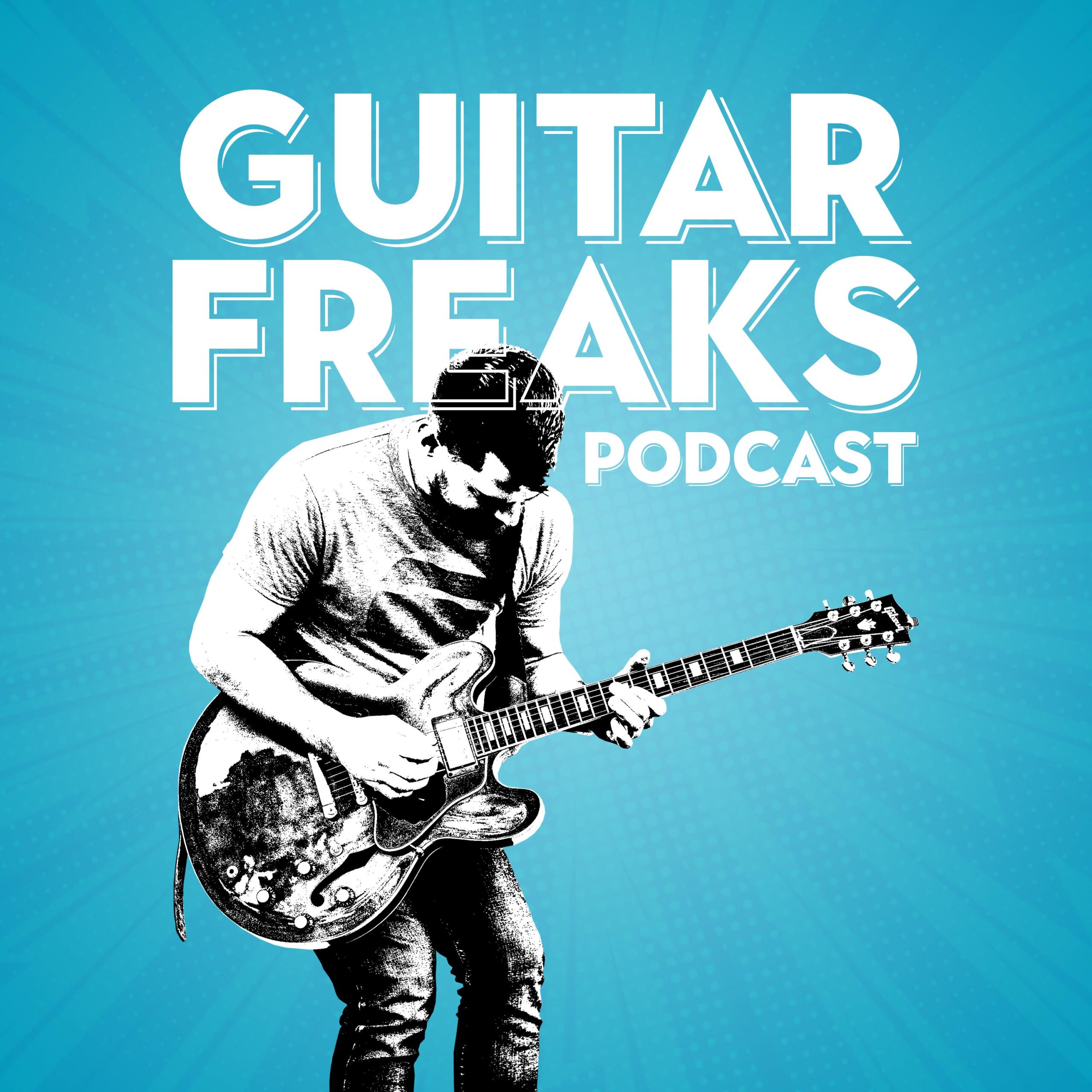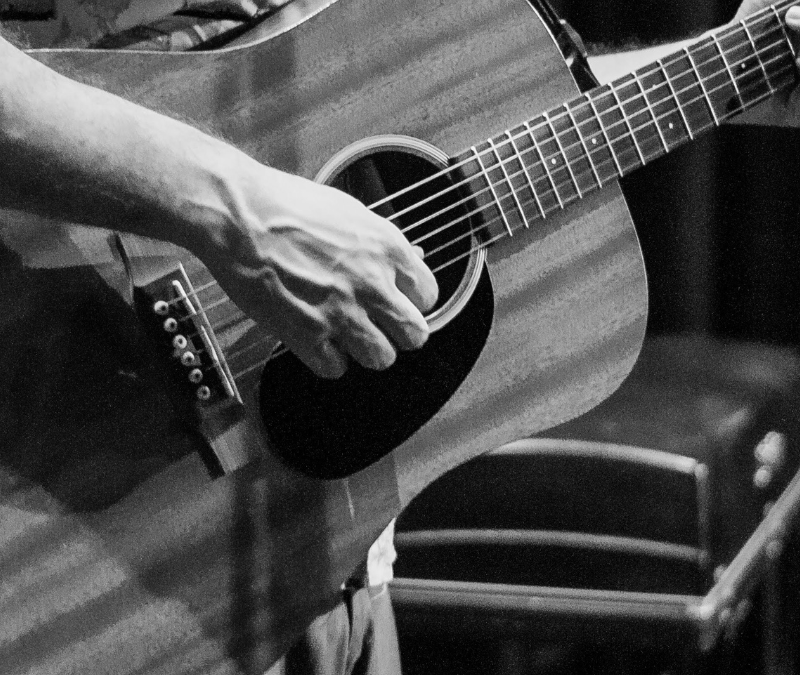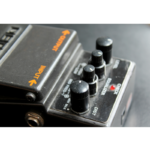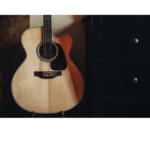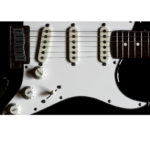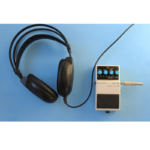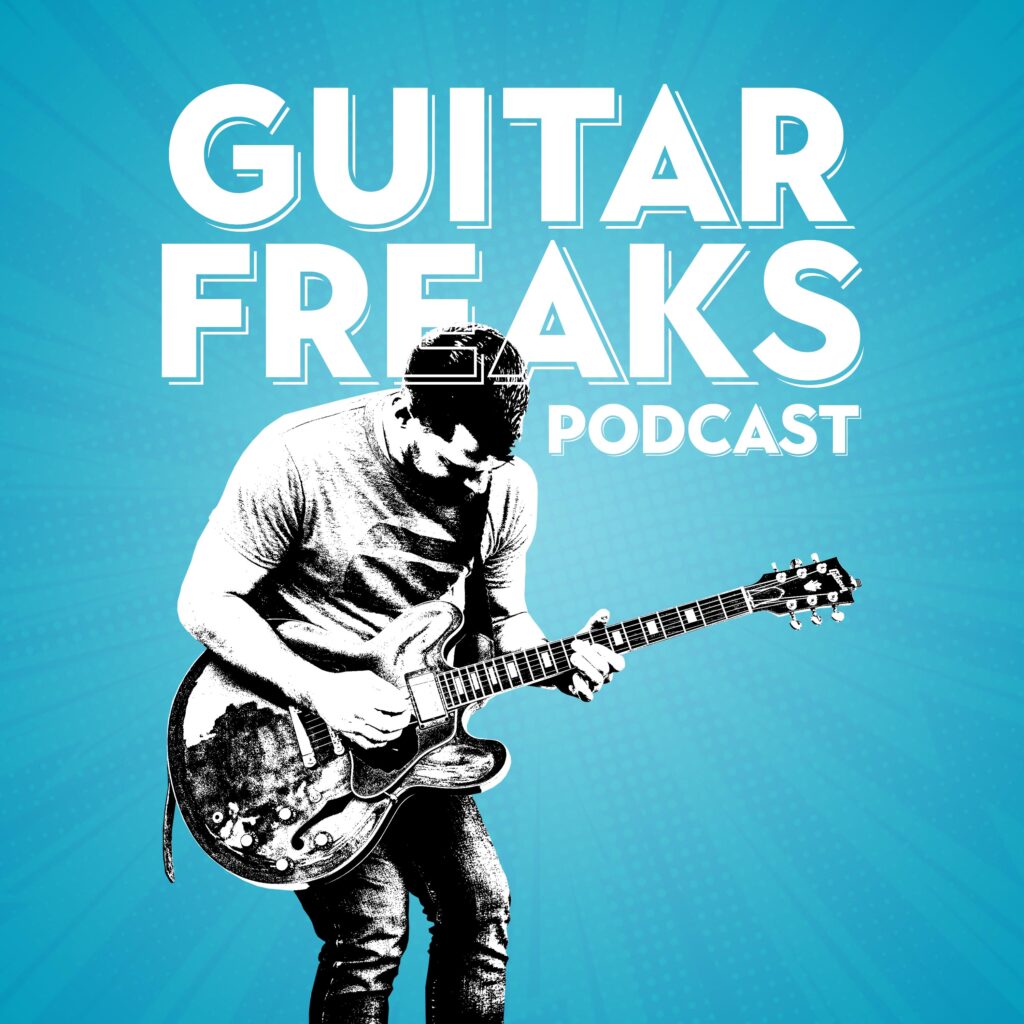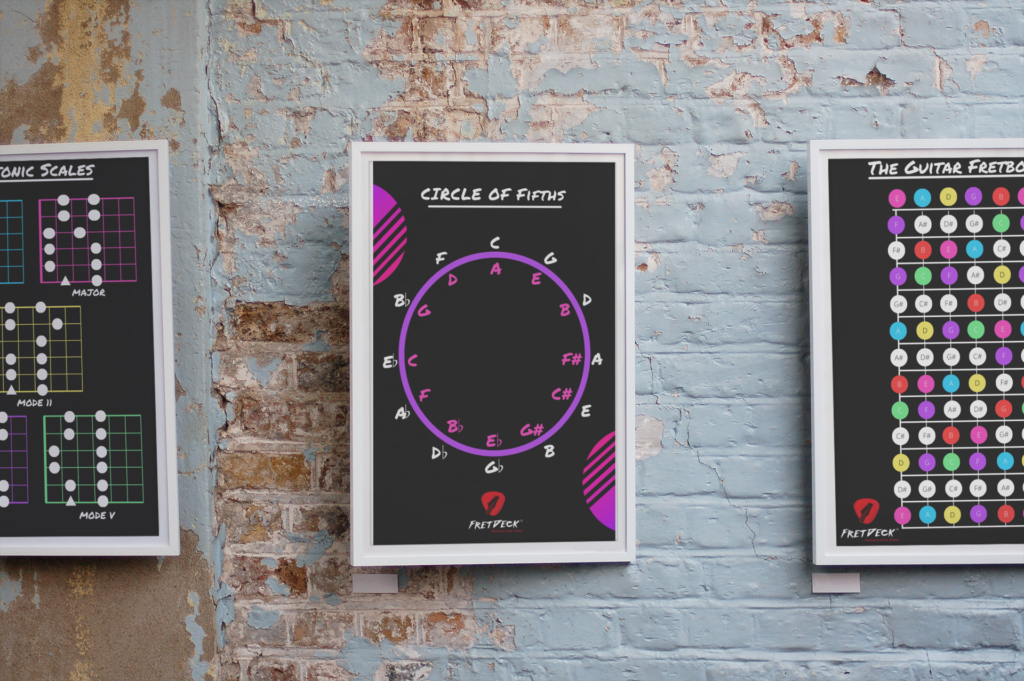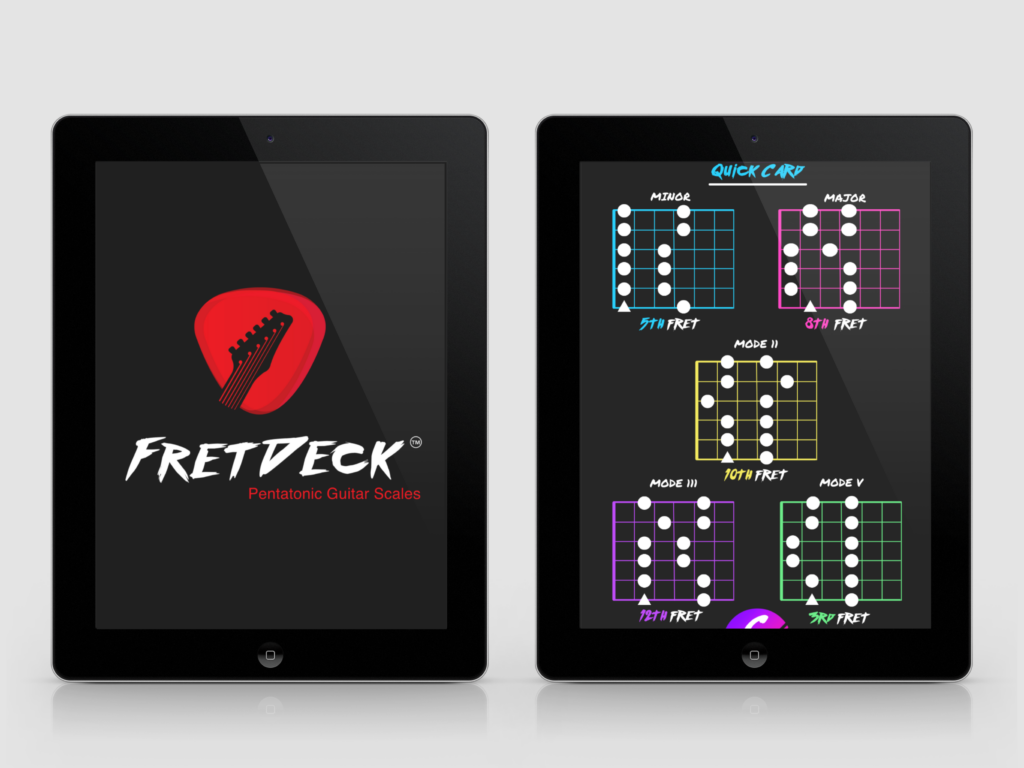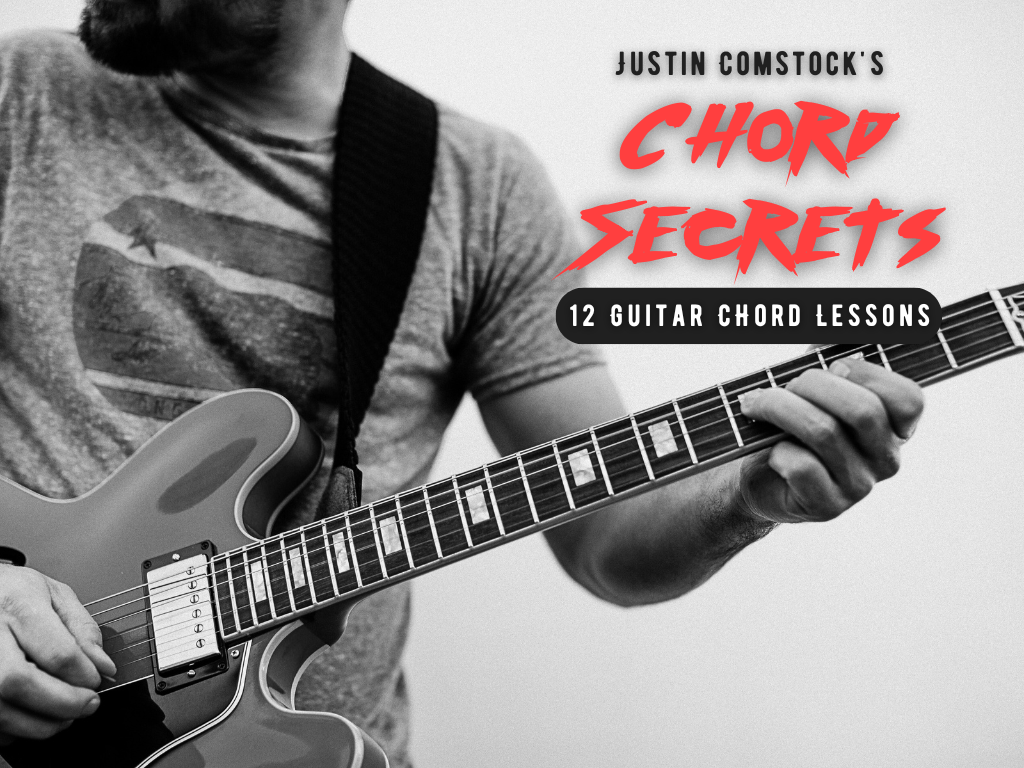A practice routine for guitar is the foundation of consistent improvement, no matter your skill level. Whether you’re a beginner learning chords or an advanced player refining complex techniques, having a clear plan will help you make the most of your practice time. A well-structured routine ensures you’re covering all the essential aspects of playing—technique, theory, creativity, and repertoire—while staying motivated and engaged.
In this post, we’ll dive into:
- Why having a structured routine matters.
- How to create a personalized routine based on your goals.
- A variety of practice prompts to keep your sessions fresh.
- Common challenges and how to overcome them.
Stick around until the end, where I’ll share how to join my Guitar Freaks Hangout Discord channel. Members get access to exclusive resources, including my free eBook Fret Logic, designed to help you unlock your full potential as a guitarist.
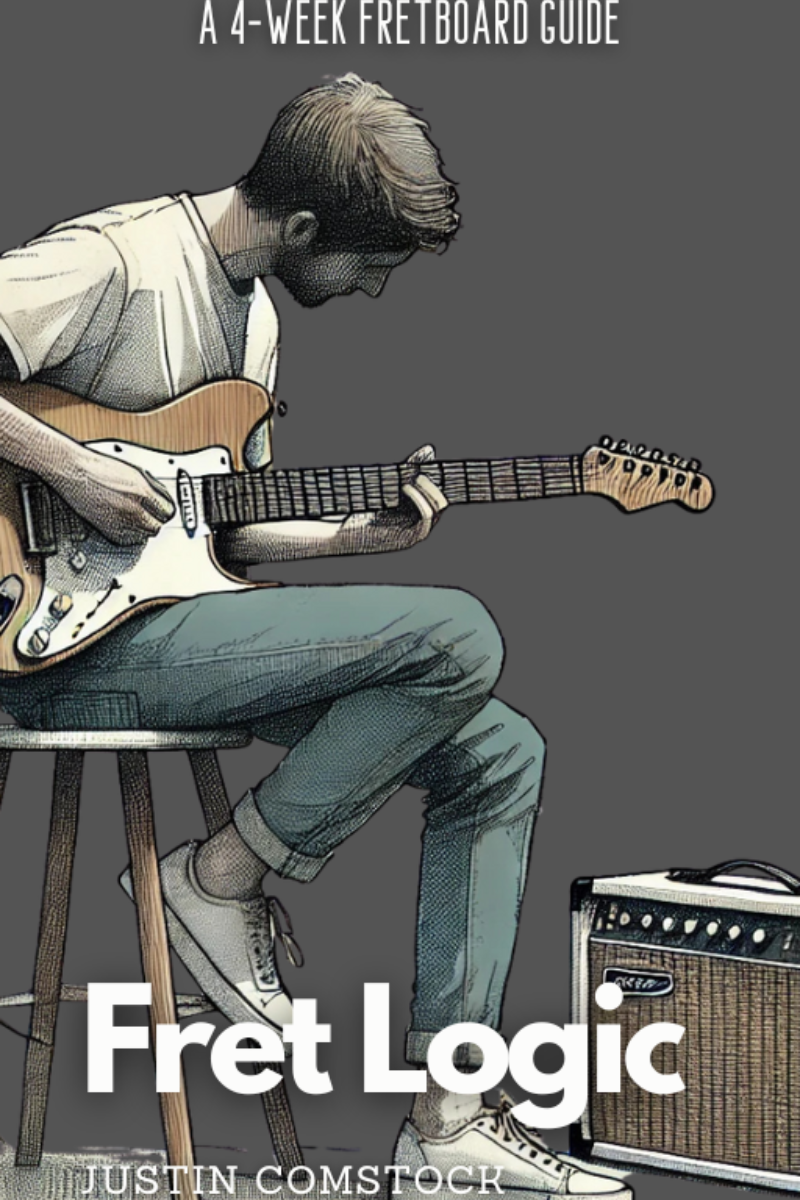
Join Guitar Freaks Hangout on Discord! 🎸
Get Fret Logic FREE!
Join the Guitar Freaks Hangout Discord and get exclusive access to my entire e-book, Fret Logic! Master the fretboard and elevate your solos with this comprehensive guide.
👉 Don’t miss out—join now and download your free copy!
Why a Practice Routine For Guitar Matters
Without a structured routine, it’s easy to lose focus during practice. You might play random riffs or revisit the same techniques without real improvement. A good routine provides:
- Direction: You’ll know exactly what to focus on and why.
- Balance: Address all areas of guitar playing—technical skills, music theory, and creativity.
- Motivation: Seeing steady progress is one of the best ways to stay inspired.
- Time Efficiency: Make the most of your practice, even if you only have 15–30 minutes a day.
How to Build a Personalized Practice Routine for Guitar
The best practice routine is the one that fits your goals, skill level, and available time. Here’s how to build yours.
Step 1: Define Your Goals
Think about what you want to achieve with your playing. These goals will shape your routine. Examples include:
- Beginner Goals: Master open chords, play simple songs, and learn basic scales.
- Intermediate Goals: Build speed, tackle barre chords, and improve improvisation.
- Advanced Goals: Refine techniques like sweep picking, explore modes, or compose original songs.
Write your goals down and break them into smaller, actionable steps. For instance, if your goal is to “improve improvisation,” one step could be practicing the minor pentatonic scale across the fretboard.
Step 2: Divide Your Practice Time
An effective routine balances different aspects of guitar playing. Here’s a suggested breakdown for a 1-hour session:
- Warm-Up (10 minutes): Stretch your fingers and play simple exercises to loosen up.
- Technique (15 minutes): Work on scales, picking exercises, or speed drills.
- Repertoire (15 minutes): Practice songs or solos you’re learning.
- Improvisation (10 minutes): Jam with backing tracks or experiment with licks.
- Reflection (10 minutes): Focus on weak areas or review progress.
If you have less time, use this 30-minute routine:
- 5 minutes: Warm-up exercises.
- 10 minutes: Focus on a single technique or scale.
- 10 minutes: Work on a song or riff.
- 5 minutes: Jam or improvise.
Step 3: Stick to Your Practice Routine For Guitar
Consistency is the key to success. Here are some tips to stay on track:
- Schedule Your Practice: Set aside specific times each day.
- Use a Timer: Stay focused by sticking to the time allotted for each section.
- Keep a Journal: Track your progress to see how far you’ve come.
Practice Prompts to Keep You Engaged
Practice prompts are an excellent way to keep your sessions interesting. These exercises target specific skills while challenging your creativity.
Warm-Up Prompts
- Spider Walk: Play 1-2-3-4 patterns across all strings and up the fretboard. This builds finger independence.
- String Skipping Drill: Play notes on non-adjacent strings to improve accuracy.
- Hammer-On/Pull-Off Exercise: Use only hammer-ons and pull-offs to ascend and descend a scale.
- Dynamic Control: Play a scale softly, then repeat it loudly. Alternate dynamics for each note.
Technique Prompts
- Alternate Picking Drill: Practice picking every note on the minor pentatonic scale. Use a metronome to increase speed.
- Sweep Picking: Start with a simple three-string arpeggio and focus on fluid motion.
- Legato Practice: Ascend the major scale using only hammer-ons and descend using only pull-offs.
- Chord Transitions: Practice switching between open and barre chords smoothly.
Advanced Challenge:
Combine techniques like string skipping and alternate picking into a single exercise.
Scales and Theory Prompts
- CAGED System: Memorize major scale shapes in all five CAGED positions.
- Pentatonic Fluency: Play the minor pentatonic scale in all positions. Link them to move seamlessly across the fretboard.
- Intervals Practice: Play intervals (thirds, fourths, fifths) within the major scale.
- Chord Construction: Write out and play triads and seventh chords from a scale.
Repertoire Prompts
- Learn a Classic Riff: Start with an iconic riff like “Smoke on the Water” or “Iron Man.”
- Work on a Solo: Break down a favorite solo into small sections and practice each one slowly.
- Memorize a Song: Focus on mastering the chord progression and rhythm before tackling the melody or solo.
- Explore Different Styles: Learn a song outside your usual genre to expand your versatility.
Improvisation Prompts
- One-String Solo: Limit yourself to one string and focus on phrasing and dynamics.
- Question-and-Answer: Create a “question” phrase, then respond with a contrasting “answer.”
- Limit Your Notes: Improvise using only three notes from the pentatonic scale.
- Switch Scales: Transition between major and minor pentatonic scales during a solo.
Creativity Prompts
- Write a Riff: Use the minor pentatonic scale to create a riff, then add rhythmic variations.
- Experiment with Tuning: Write something new in Drop D or DADGAD tuning.
- Loop Layers: Use a looper pedal to record a chord progression, then layer a melody on top.
- Add Effects: Write a riff that highlights a specific effect, like delay or wah.
Overcoming Common Practice Challenges
Problem: Lack of Time
Solution: Even 10 minutes of focused practice can yield results. Prioritize one key skill per session.
Problem: Feeling Stuck
Solution: Introduce variety with practice prompts or tackle a new genre.
Problem: Slow Progress
Solution: Use a metronome to measure improvements in speed and accuracy. Break down complex tasks into smaller steps.

Join Guitar Freaks Hangout on Discord! 🎸
Get Fret Logic FREE!
Join the Guitar Freaks Hangout Discord and get exclusive access to my entire e-book, Fret Logic! Master the fretboard and elevate your solos with this comprehensive guide.
👉 Don’t miss out—join now and download your free copy!
Sample Practice Routines for Different Skill Levels
Beginner Practice Routine For Guitar (30 Minutes)
- Warm-Up (5 minutes): Play open strings and simple finger exercises.
- Chords (10 minutes): Practice transitions between open chords like G, C, and D.
- Scales (5 minutes): Learn the first position of the minor pentatonic scale.
- Songs (10 minutes): Strum along to a simple song like “Knockin’ on Heaven’s Door.”
Intermediate Practice Routine For Guitar (45 Minutes)
- Warm-Up (10 minutes): Spider walk and alternate picking exercises.
- Technique (15 minutes): Practice barre chords and pentatonic scale patterns.
- Improvisation (10 minutes): Jam over a blues backing track in A minor.
- Repertoire (10 minutes): Work on a challenging riff or solo.
Advanced Practice Routine For Guitar (1 Hour)
- Warm-Up (10 minutes): Combine legato drills with sweep picking arpeggios.
- Technique (15 minutes): Master advanced scales, such as modes or diminished scales.
- Repertoire (15 minutes): Perfect a complex song or original composition.
- Improvisation (10 minutes): Experiment with modal improvisation.
- Reflection (10 minutes): Identify weak areas and focus on improvement.
Take Your Practice Routine For Guitar to the Next Level
If you’re looking for guidance, feedback, and inspiration, join my Guitar Freaks Hangout on Discord. Here’s what you’ll get:
- Exclusive Resources: Grab a free copy of Fret Logic, my eBook filled with strategies for mastering technique, theory, and creativity.
- Supportive Community: Share your progress, ask questions, and connect with guitarists at all skill levels.
- Live Events: Participate in challenges, Q&A sessions, and jam nights.
Click here to join and start transforming your guitar playing today!
Final Thoughts On Practice Routine For Guitar
A structured practice routine for guitar is the key to consistent improvement. By focusing on the essential areas of playing and using creative prompts to keep things fresh, you’ll stay motivated and see real progress over time.
Remember, even short practice sessions can be effective if you focus on quality over quantity. Pick up your guitar today, try some of the prompts above, and watch your skills soar!
What’s your favorite part of your current routine? Let me know in the comments or join the Guitar Freaks Hangout to discuss with fellow players!
To enhance your practice routine, consider exploring our detailed guide on Guitar Practice Routines with Effective Prompts. This resource offers structured exercises and tips to maximize your practice sessions.

Join Guitar Freaks Hangout on Discord! 🎸
Get Fret Logic FREE!
Join the Guitar Freaks Hangout Discord and get exclusive access to my entire e-book, Fret Logic! Master the fretboard and elevate your solos with this comprehensive guide.
👉 Don’t miss out—join now and download your free copy!
